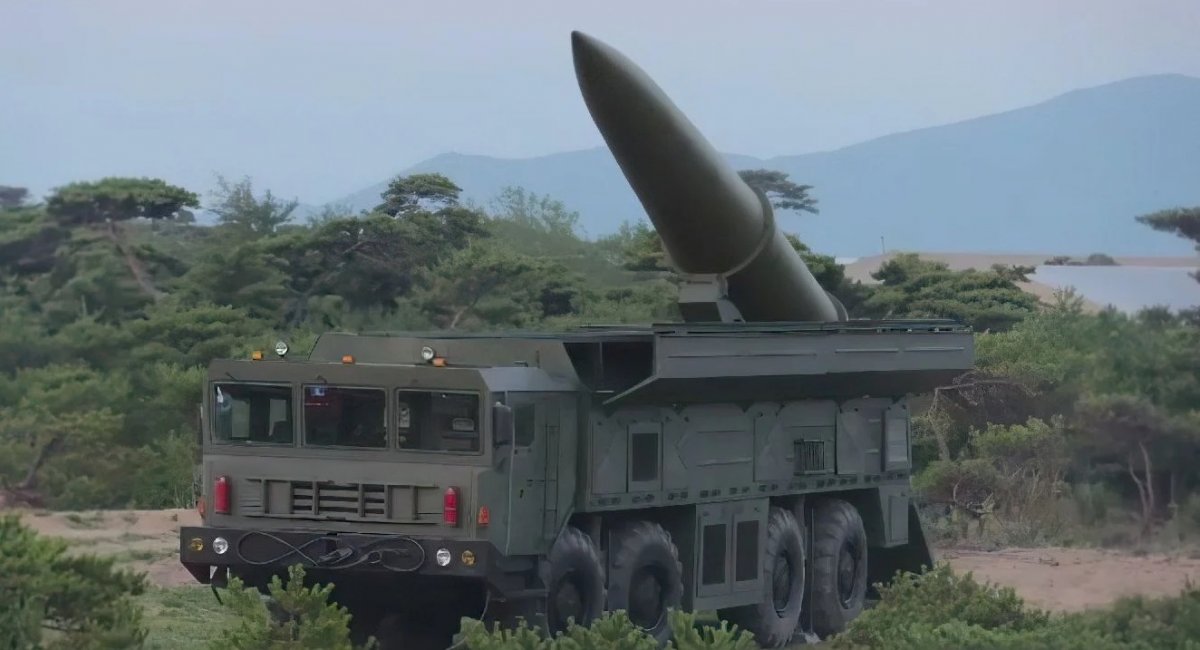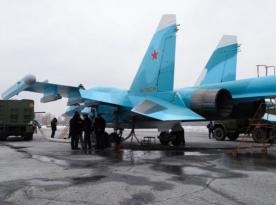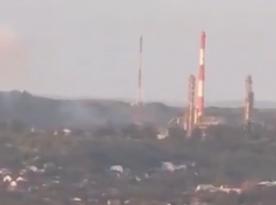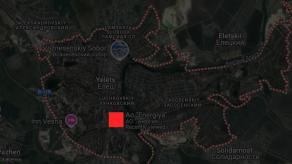Inquired by Reuters, the Prosecutor General's Office of Ukraine disclosed data on russia's use of KN-23 ballistic missiles from north korea. According to the Ukrainian authorities, the last attack of Ukraine with Pyongyang's missiles was recorded on February 27, 2024.
Ukrainian researchers retrieved and studied remnants of 21 ballistic missiles from DPRK, even though there were 50 launches aimed at Ukraine recorded. This indicates that over half of north korean missiles fired by russians exploded midair without reaching their targets.
Read more: North Korea Sends 7,000 Containers Full of Munitions and Other Military Equipment to russia
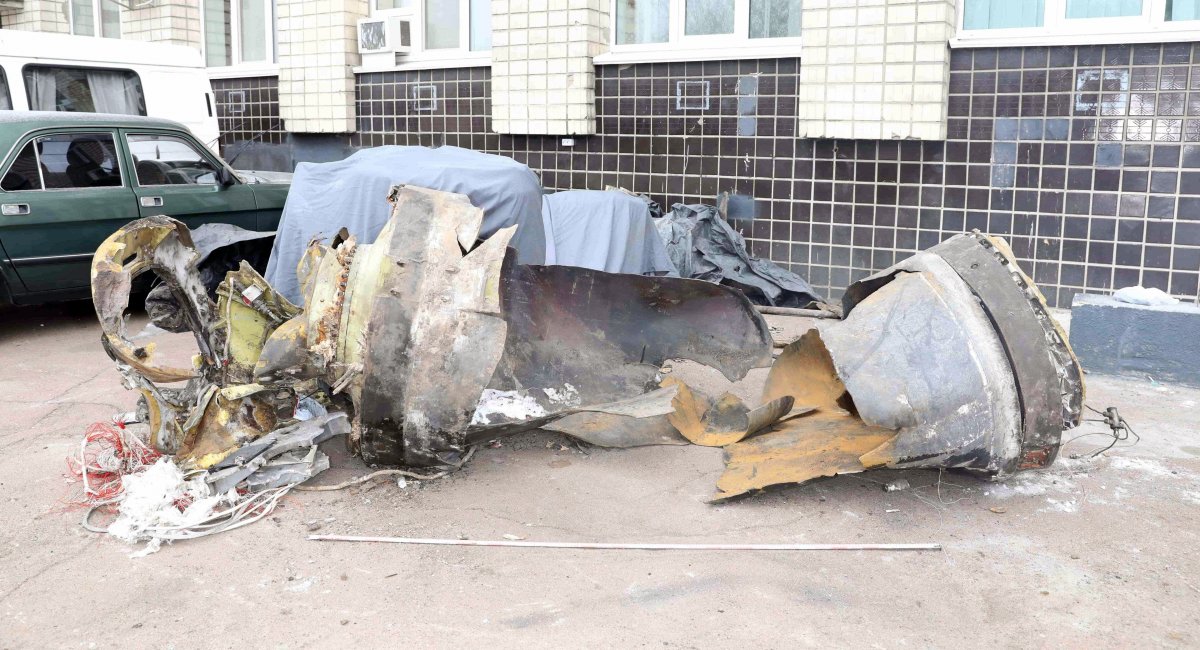
The PGO of Ukraine also states that Moscow received "about 50" ballistic missiles from north korea.
Three out of the 21 units confirmed by wreckage were found in the capital city of Kyiv and its region, while the rest scattered around Kharkiv, Poltava, Donetsk, and Kirovohrad regions, mainly in eastern and central parts of the country. The KN-23 missile strikes on Ukraine's infrastructure resulted in 24 people killed and 115 injured.
Even in the cases where a missile failed and exploded en route, Ukrainian experts tracked down the launch points and approximate flight routes, that's how they concluded the launches took place despite no remnants recovered. As noted, north korean missiles were mostly launched from western regions of russia: Kursk, Voronezh, and Belgorod.

Let's briefly recall the specifications of KN-23 ballistic missiles that the russians used to attack Ukraine. Due to the visual similarity to the 9M723 missiles deployed by russia's own Iskander systems, the korean missiles are informally known as Kimskanders, their estimated parameters are 7.5 meters in length and 3.41 tons in launch weight.
In late January 2024, analysts from IISS noted that the KN-23 has an attack range of 900 km, soon followed by information that its warhead could weigh up to 1,000 kg, but the accuracy is low. Defense Express also shared photos of one of the north korean missiles downed in Kyiv January 2024.
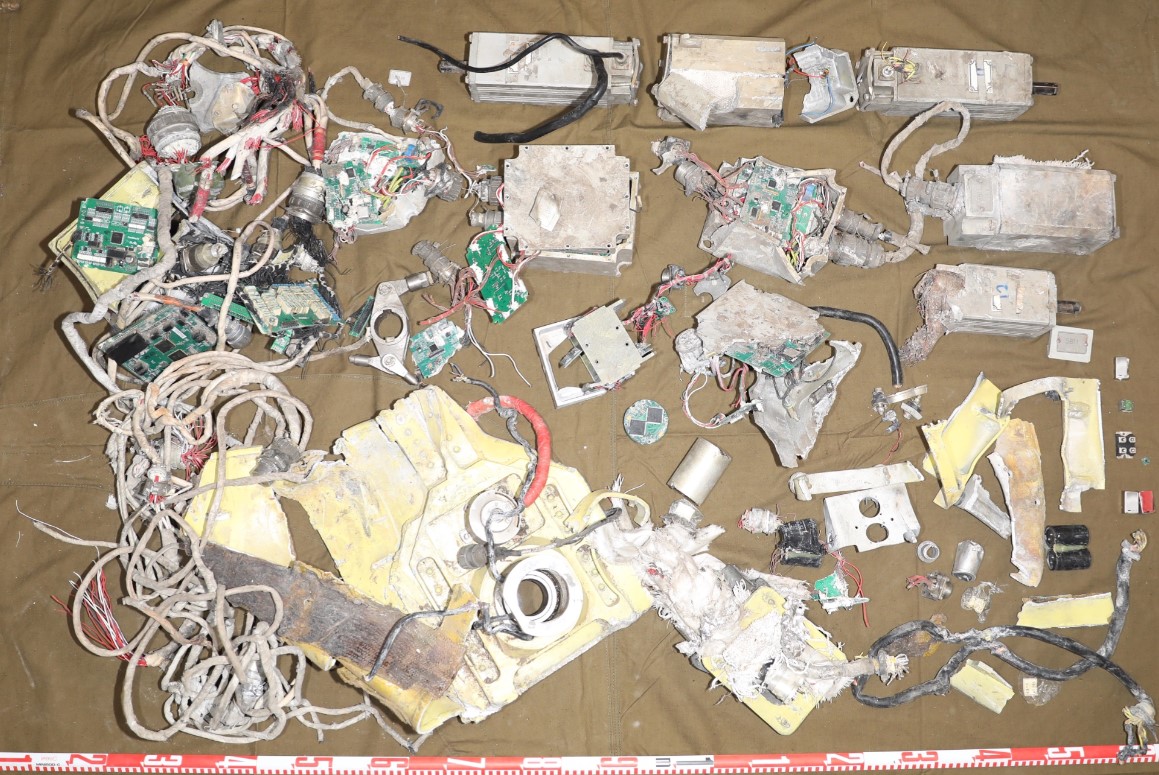
Based on what we know so far about KN-23, here's an assumption. Initially, the russians became interested in north korean missiles because of their specifications, superior to russia's Iskander. However, when it came to practice, it turned out Pyongyang was unable to organize missile production with sufficient quality control. So at this stage, the supplies were limited to only 50 missiles.
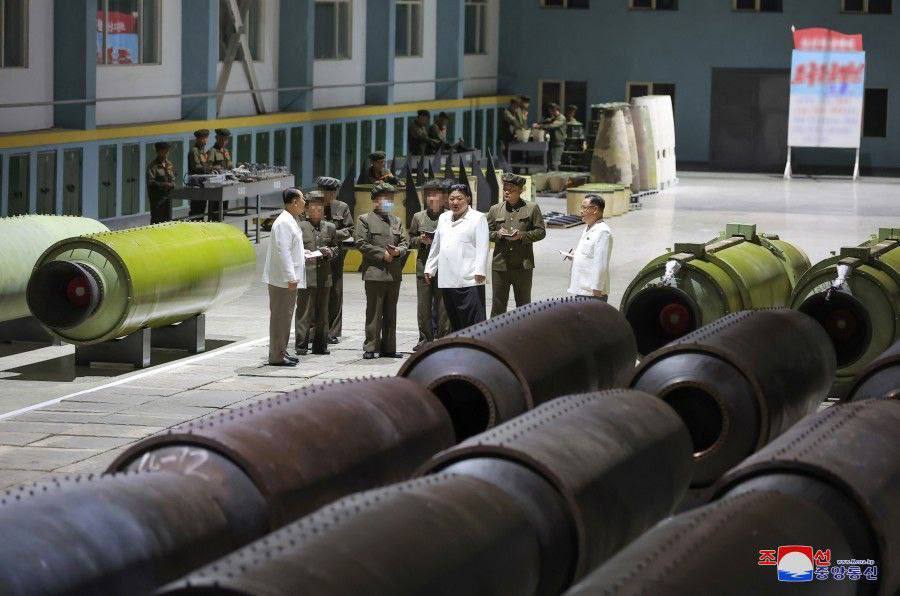
Read more: Detailed Photos of North Korean Missile That Struck Ukraine: Only One Korean Character Remained Inscribed After Attempts to Conceal the Origin




